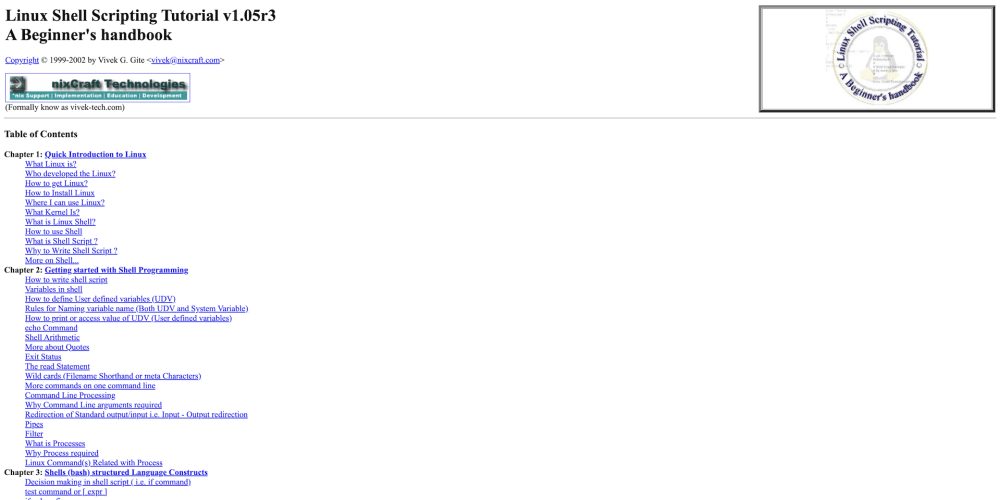Unleashing Java Development Efficiency: The Double-Up Strategy
Introduction
The world of software development is a constant race against time and complexity. For Java programmers, the pressure to deliver high-quality, scalable, and maintainable code efficiently is ever-present. While there's no magic bullet, there are proven strategies and tools that can significantly enhance development efficiency, potentially doubling the output. This article delves into the key concepts, techniques, and tools that empower Java developers to streamline their workflows and boost their productivity.
The Power of Automation: A Foundation for Efficiency
At the heart of doubling development efficiency lies the principle of automation. By automating repetitive and time-consuming tasks, developers can focus on higher-level activities like problem-solving and innovation.
1. Build Automation: The CI/CD Pipeline
Continuous Integration and Continuous Delivery (CI/CD) pipelines are a cornerstone of modern software development. They automate the entire process from building, testing, and deploying code, ensuring consistent and reliable releases. Tools like Jenkins, GitLab CI, and Azure DevOps streamline this process, freeing developers from manual tasks and enabling faster feedback loops.
Example:
Imagine a scenario where every time code changes are made, a series of automated tasks are triggered:
- Building the project: Compiling the code and generating artifacts.
- Running unit tests: Ensuring code functionality and catching errors early.
- Deploying to a staging environment: Making the code available for testing and feedback.
- Deploying to production: Pushing the tested code to the live environment.
This automated process dramatically reduces the time and effort required for each release, enabling developers to iterate quickly and deliver value faster.
2. Code Generation: Accelerating Development Cycles
Code generation tools automate the creation of boilerplate code, significantly reducing the time spent on repetitive tasks. These tools can generate classes, interfaces, DTOs, and other code constructs based on predefined templates and configurations.
Example:
Consider the tedious process of writing getter and setter methods for every class attribute. Code generation tools can automatically generate these methods based on the class definition, saving valuable development time.
Image: [Insert image depicting a code generation tool interface]
3. Static Code Analysis: Catching Errors Early
Static code analysis tools scan code for potential errors, vulnerabilities, and style violations, allowing developers to identify and fix issues before they lead to problems. These tools can detect code smells, unused variables, potential null pointer exceptions, and other code quality problems.
Example:
SonarQube is a popular static code analysis tool that can be integrated into the CI/CD pipeline. It automatically analyzes code for various quality metrics and provides reports that highlight potential issues. This proactive approach helps identify and fix problems early, reducing debugging time and improving code quality.
Image: [Insert image showing a SonarQube report highlighting code issues]
Optimizing Java Development: Beyond Automation
While automation is crucial, there are other key aspects of Java development that can be optimized for increased efficiency.
1. Leveraging Java Libraries and Frameworks
Java's rich ecosystem boasts numerous libraries and frameworks that provide ready-made solutions for common tasks. By leveraging these libraries, developers can avoid reinventing the wheel, saving time and effort.
Example:
- Spring Boot: Provides a comprehensive framework for building web applications, simplifying configuration, dependency management, and common tasks.
- Apache Commons: Offers a wide range of utilities for handling tasks like collections, strings, and file operations.
- Lombok: Provides annotations that automatically generate getters, setters, constructors, and other boilerplate code, reducing code verbosity and improving readability.
Image: [Insert an image showcasing Spring Boot project structure with minimal configuration]
2. Adopting Modern Development Practices
Modern development practices like test-driven development (TDD) and pair programming enhance code quality and collaboration, leading to greater efficiency.
- Test-Driven Development (TDD): By writing tests before writing code, developers ensure that the code meets specific requirements and is thoroughly tested. This iterative approach helps catch errors early, improves code design, and enhances maintainability.
Example:
Before writing a method to calculate the sum of two numbers, a TDD practitioner would first write a unit test that verifies the expected behavior. Only after the test fails would they write the actual code to pass the test.
- Pair Programming: Two developers work together on the same task, with one typing the code and the other reviewing and suggesting improvements. This collaborative approach fosters knowledge sharing, improves code quality, and promotes faster learning.
3. Embracing Efficient Coding Techniques
Beyond tools and frameworks, there are specific coding practices that can significantly improve Java development efficiency.
Code Readability: Writing clean and concise code is crucial for maintainability and collaboration. Using meaningful variable names, consistent formatting, and well-structured code makes it easier for developers to understand, modify, and debug code.
Effective Debugging: Understanding and effectively utilizing Java's debugging tools can significantly reduce time spent on troubleshooting issues. Tools like IntelliJ IDEA's debugger provide powerful features for stepping through code, inspecting variables, and understanding the flow of execution.
Refactoring: Regularly refactoring code to improve its structure, maintainability, and performance is essential. This involves reorganizing code, extracting common functionality, and simplifying complex logic, leading to cleaner and more efficient code.
Conclusion
Doubling the development efficiency of Java programmers requires a holistic approach that combines automation, effective coding practices, and the leverage of available resources. By embracing CI/CD pipelines, code generation tools, static code analysis, robust libraries and frameworks, and modern development practices, Java developers can significantly streamline their workflows, reduce development time, and deliver higher-quality software.
Remember, efficiency is a continuous journey, and constantly evaluating tools, techniques, and practices is key to maximizing productivity. Embrace the tools and techniques discussed in this article, and you'll be well on your way to unleashing the full potential of your Java development capabilities.


















